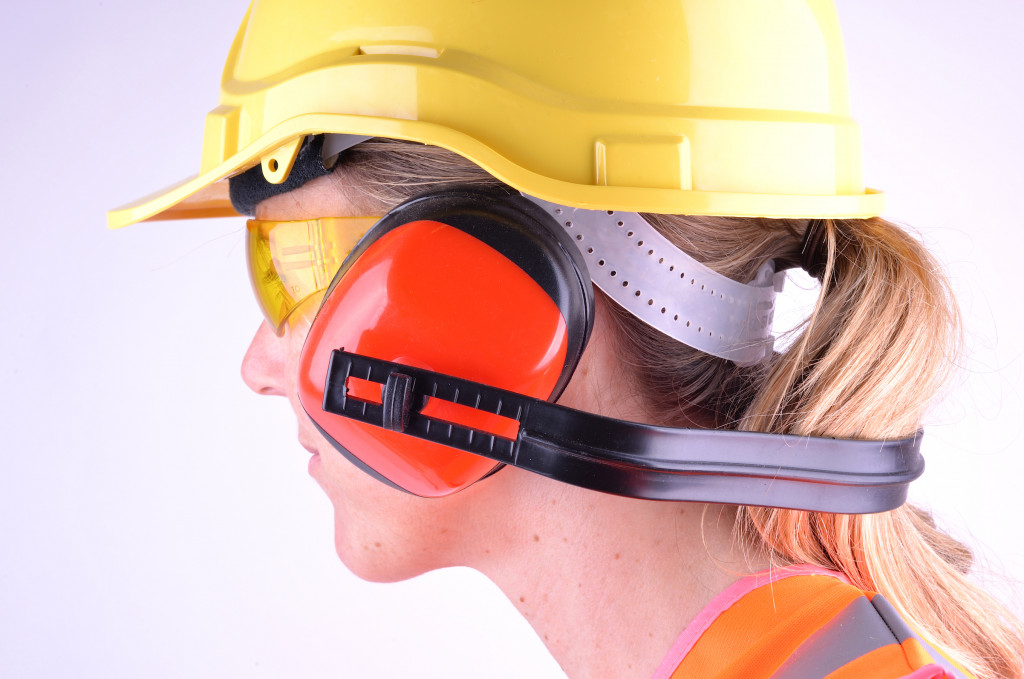Occupational hazards are the objects or situations that put your employees’ safety at risk. Every job title and workplace has them. For example, a construction worker might get injured because of their power tools or fall from a ladder. If such an incident occurs, their employer is responsible for settling their medical bills. Sometimes, a lawsuit might even be involved, particularly if the accident resulted from the employer’s negligence or malpractice.
Workplace injuries lead to a million emergency room visits and hundreds of thousands of deaths every year. But they’re probably the last thing in your mind when you just launched your startup. You’re more focused instead on marketing and promotions. While those factors are crucial for your start, you can’t set occupational hazards aside forever. It is wiser to address them while the risks aren’t affecting your operations yet.
The Most Common Work-related Injuries
According to National Safety Council Injury Facts, the following injuries make up over 84% of all non-fatal work-related injuries, leading to days away from work:
Overexertion and Body Reactions
This type of injury affects 27 per 10,000 full-time workers. It includes non-impact injuries from lifting, carrying, holding, pushing, turning, or throwing heavy loads. Repetitive motions also fall in this category, as they cause stress and strain even without heavy loads involved.
Overexertion and bodily reaction commonly affect workers aged 45 to 64. It’s most prevalent in the transportation and warehousing industries. Workers lose an average of 13 workdays, with their backs being the most often injured body part.

Slips, Trips, and Falls
These injuries have four levels, the first one being slipping or tripping without falling. Next is falling on the same level, such as tripping on an obstruction on the floor or falling while sitting. Falling to a lower level is next, for example, when you fall from a collapsing structure. And lastly, jumping to a lower level isn’t considered a fall since it’s controlled and voluntary.
Slips, trips, and falls have an injury rate of 23.9 per 10,000 full-time workers. Workers aged 55 and over are the most at risk. The injuries are most common in the transportation, agriculture, and warehousing industries. They cause an average of 13 lost workdays.
Contact with Objects and Equipment
This injury refers to a moving object striking a worker, a worker hitting or being pushed or thrown against a thing, or a worker getting caught or crushed in a piece of equipment. Injuries from vibrating equipment or pressure and friction caused by a piece of equipment also fall into this category.
A truck driver who has collided with another truck is one example. In this scenario, the driver who wasn’t in the wrong can sue the other driver with the help of an experienced truck accident attorney. This will allow them to be compensated by the party at fault, protecting the reputation of the suing trucker.
Contact with objects and equipment affect 22.4 per 10,000 full-time workers. It’s most common among younger ones, particularly 16- to 24-year-old workers. The accidents often occur in the transportation, agriculture, construction, and warehousing industries.
Preventing Work-related Injuries
The Occupational Health and Safety Administration (OSHA) has set standards on workplace safety. They recommend these six “action items”:
- Identifying control options.
- Selecting controls.
- Developing and updating the hazard plan.
- Selecting controls to protect workers during non-routine operations and emergencies.
- Implementing selected controls in the workplace.
- Confirming that controls are adequate.
To accomplish the first action item, you must do the following:
- Gather information from your employees about your workplace’s safety hazards.
- Read OSHA’s guidelines on how to manage them.
- Get input from your employees as well, since they’re the ones =exposed to the dangers.
From there, you can take the rest of the action items. The data you’ve gathered from your employees will help you select hazard controls and test them out. Once done, you can start developing a detailed hazard plan, which you must update regularly. The plan should involve preventive measures and emergency protocols should an employee get into an accident, like colliding with a vehicle or falling off their motorbike in the middle of delivering packages.
When your plans are ready, you might already include them in your policies. And you should have a team that regularly studies the effectiveness of the controls.
Providing a safe workplace shouldn’t stop at giving personal protective equipment. You must train your employees about hazard control and management as well. It should be a continuous process, too. Hazards change as workplace design evolves. Therefore, updating your company’s skills and safety knowledge should be part of your yearly goals.

